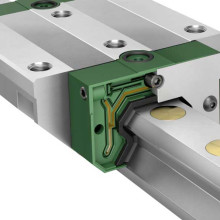Green hall heating without heat exchanger + Co.
- Details
- Hits: 2050
Igus Engineers have a simple heat recovery method for the hall heating developed. They heat their industrial halls with machine waste heat and thus reduce gas costs and CO2-Emissions. The Cologne-based company also offers the concept of the innovative technology to other companies – free of charge! If all injection molders worldwide used this method, over 1 million t CO2 and over 548 million m2 Gas be saved.
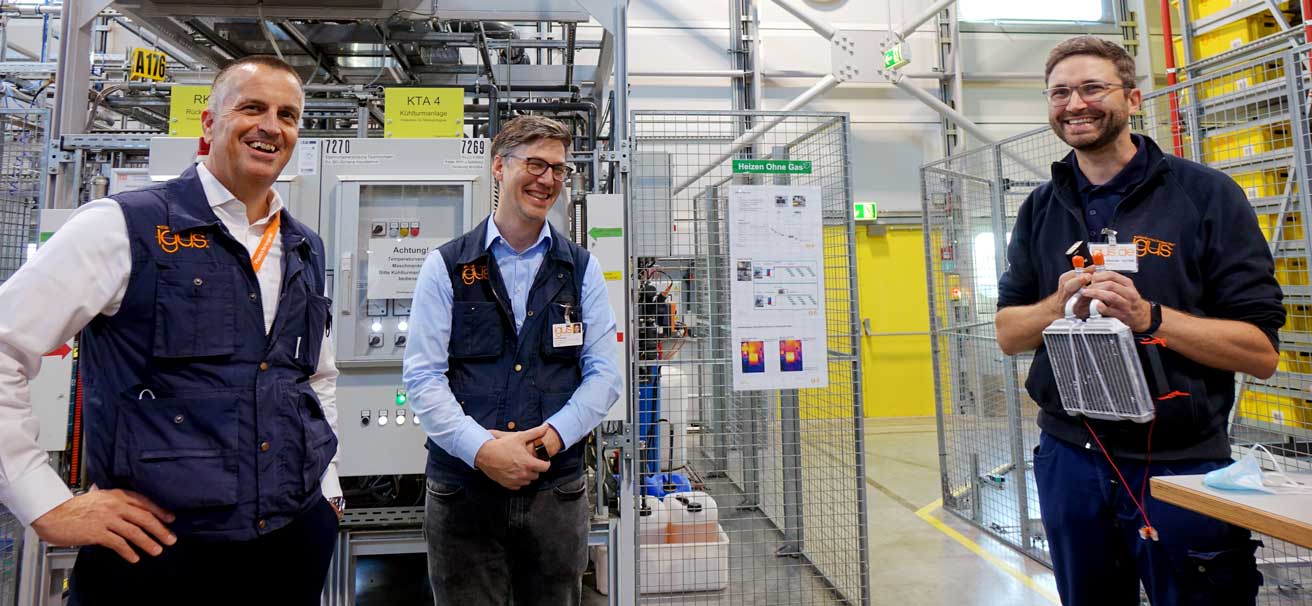
Contents
Development of the new hall heating
 How long can we still heat with gas? When is a heat exchanger worth it? How much does a heat pump cost? What is the most economical heater? These and similar questions are not only asked by private individuals but also by many entrepreneurs against the current background of the energy crisis.
How long can we still heat with gas? When is a heat exchanger worth it? How much does a heat pump cost? What is the most economical heater? These and similar questions are not only asked by private individuals but also by many entrepreneurs against the current background of the energy crisis.
There are different Types of hall heaters without gas, oil and other fossil fuels that allow for energy-efficient heating. By using heat exchangers, the existing heat is reused to save energy and reduce costs. Heat pumps, on the other hand, use the ambient temperature to heat the air in the room and thus ensure sustainable hall heating.
But both heating systems are expensive or record temperature losses. Igus now promises that Heating without gas, heating oil and the well-known heat recovery systems. And you no longer even need to compare the two systems for heat generation.
Machine heat instead of conventional hall heating
 Three Igus engineers have started work on eliminating fossil fuels from manufacturing on the way to the carbon-neutral production goal by 2025. First they experimented with heat exchangers from a car and fans from a computer.
Three Igus engineers have started work on eliminating fossil fuels from manufacturing on the way to the carbon-neutral production goal by 2025. First they experimented with heat exchangers from a car and fans from a computer.
The experiments grew and so did the coverable boiler room. After six months, the new concept succeeded Machine heat recovery system (MHRS) to heat a large production hall of the factory in Cologne-Lind exclusively with waste heat from the injection molding machines.
Depending on the heating requirement, the MHRS heating system directs the hot water flows from the cooling circuit directly to the fan heaters and at the same time ensures that the machines do not overheat.
Because heat is extracted from the hot water as it passes through the heater fan, the cooling requirement of the cooling tower decreases. It will less electrical energy needed for cooling and the previous natural gas heating does not work. The fluctuating cooling circuit temperatures can be variably adjusted with the new workshop heating.
The MHRS avoids the use of an expensive heat pump and does not take the detour via the heat exchanger, which would lead to temperature losses. Also an additional supply of the heating medium waste heat from the compressed aircompressors not necessary.
And so the company is already gradually reducing compressed air energy in order to reduce energy consumption and thus energy costs. "With our in-house hall heating, we can reduce gas consumption to zero in the future. In addition, we need less electrical energy for cooling," says the igus managing director Frank Blase. “We not only save costs, but also reduce CO2emissions and thus protect the environment.”
Functionality of the new hall heating
 But how exactly does the new heating solution work? The hydraulic motors of the injection molding machines heat up during operation. As with cars, they therefore need cooling that protects them from overheating.
But how exactly does the new heating solution work? The hydraulic motors of the injection molding machines heat up during operation. As with cars, they therefore need cooling that protects them from overheating.
ask for it cooling towers cold water, which they direct to the machines via a pipe system. The heated water returns to the cooling tower. When it is re-cooled, the heat escapes into the atmosphere and is lost as energy. With the MHRS, some of the heat from the refrigeration circuit is captured via a flow control and sent directly to the new heating solutions, located alongside the old gas heating fans.
So that these heaters do not immediately clog, dirt traps filter out suspended matter that is in the water. The warm water enters the new heater and sends the old fan heater into retirement.
A fan on the fan heater distributes the warm air finally in the hall. Only then does the water flow back to the cooling tower and the cycle begins again. Since this warm air heater does not have a heat exchanger, the warm air heater can also be operated in the low temperature range.
The heating system concept for industry
"We ourselves are convinced of our concept and plan to rely entirely on machine heat as hall heating in production and in the offices in the future," says Dennis Berninger, factory manager at igus and pioneer of the new heating solution. The next step is the 7209 m2 to equip large logistics centers with nine fan heaters. In the warehouses alone, around 31,5 t of CO2 save.
Open concept for everyone – heat your hall this way too!
For the motion plastics specialist, this is an important step closer to their goal of building and production by 2025 CO2-neutral to be. Spurred on by the success, igus decided to make the technology available to other industrial companies as well.
 Reading tip: Reaching CO2 neutrality with plastic recycling
Reading tip: Reaching CO2 neutrality with plastic recycling
A calculated calculation illustrates the potential: more than one million tons of CO2 and over 548 million m3 Gas could be saved if all injection molders worldwide were to use the technology. This corresponds to the annual gas consumption of 238.434 German four-person households:
Savings at a glance for 20 machines
 An average injection molder owns 20 machines. For these 20 machines, the developers recommend the use of two MHRS-heaters. This ensures that sufficient heat generation is always available.
An average injection molder owns 20 machines. For these 20 machines, the developers recommend the use of two MHRS-heaters. This ensures that sufficient heat generation is always available.
Every injection moulder can have their CO2 Emissions caused by gas in hall heating with the use of the MHRS systems 7,18 t per year reduce. For gas, this results in savings of 9,14 m³ per day per MHRS. With two recommended MHRS warm air heaters it is 18,28 m3 during the day. The calculation is based on 200 days on which heating is required. This results in 3.656 m³ per year.
Calculation of savings in detail
On three million injection molding machines (=150.000 injection moulders) extrapolated worldwide this means in the overview:
- (7,18t * 150.000) = 1.077.000t of CO2- Savings
- (3656 m³ * 150.000) = 548.400.000 m³ gas savings
- A German four-person household requires 2300 m³ of gas per year.
- The figures therefore correspond to the annual gas consumption of 238.434 German four-person households.
“We see great potential in industry for our MHRS hall heating system. That's why we would like to share the concept with other companies make it accessible for free. In our research, we didn't find any published, precise instructions ourselves," says Dennis Berninger. “With our website, we are already providing information about the new hall heating systems and how MHRS and the control device that has been developed work. More and more details are added.”
You might also be interested in...
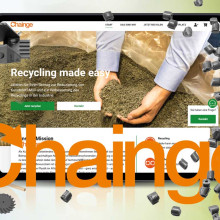
Sustainability plastics – CO2 neutral with recycling

Igus linear guide quiet, resistant, maintenance-free
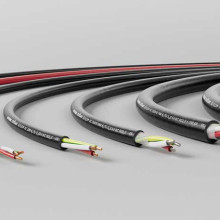
Electrical Wires | From cable to assembly
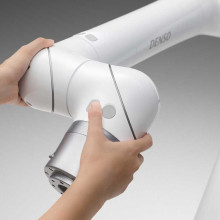
Cobot | Discover collaborative robots as a new employee
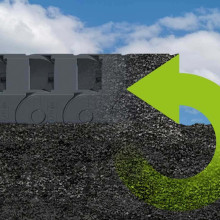
Igus energy chain: stable, recyclable, plastic.
